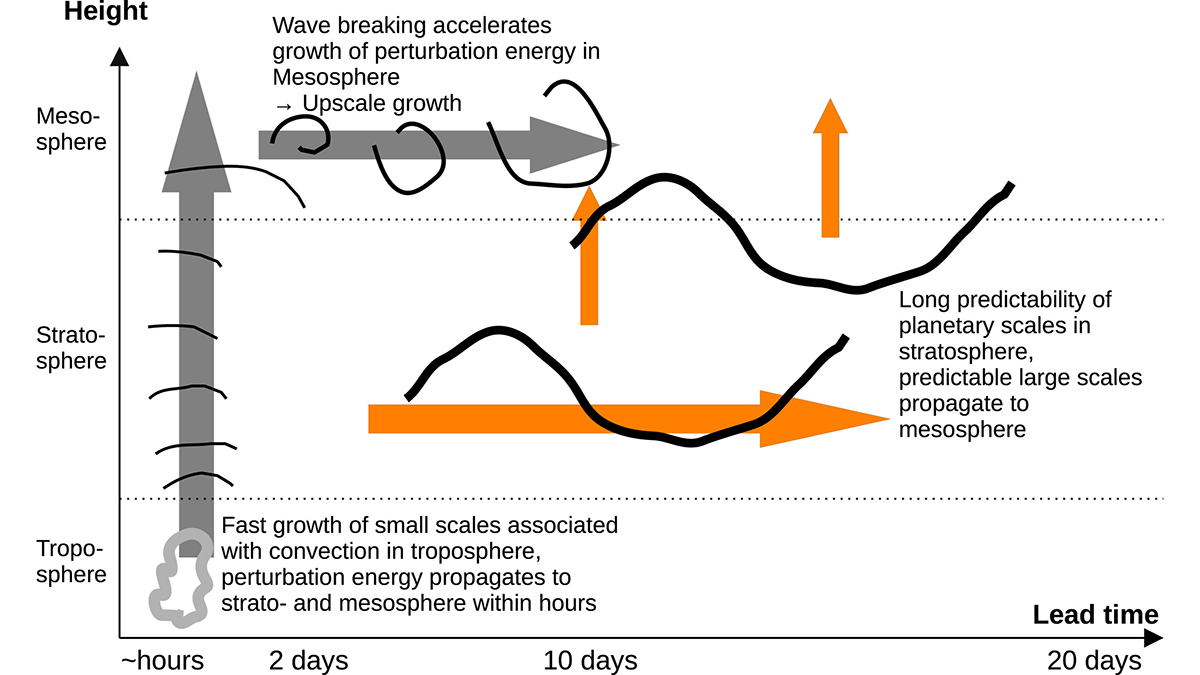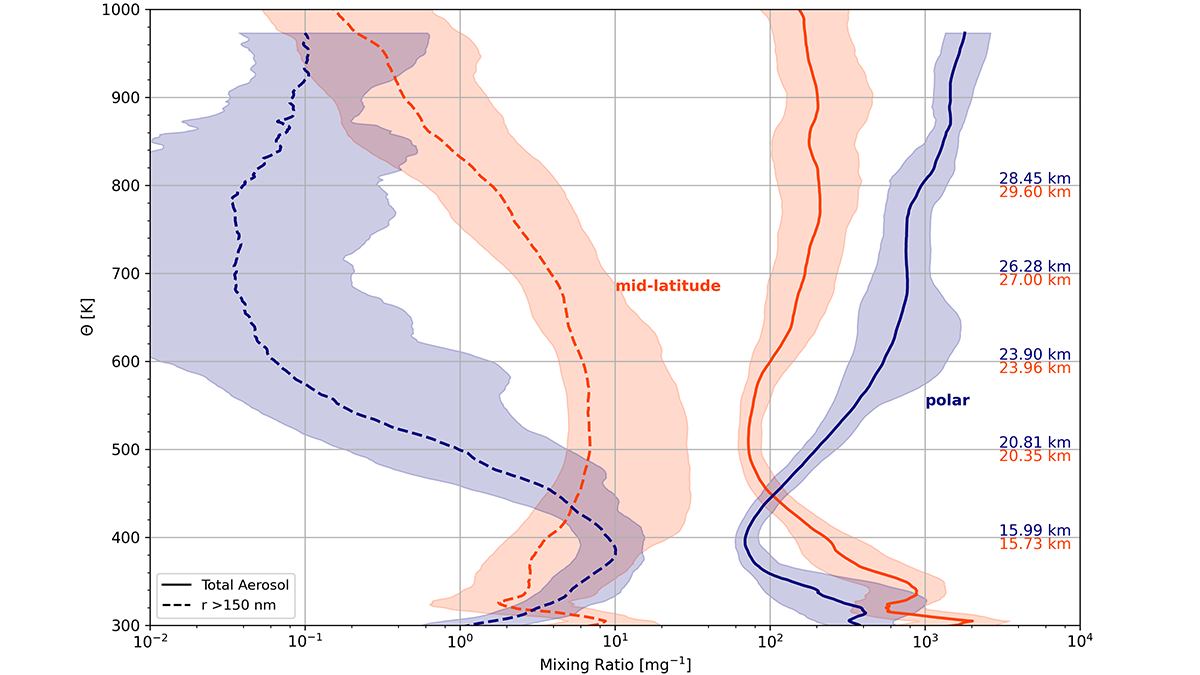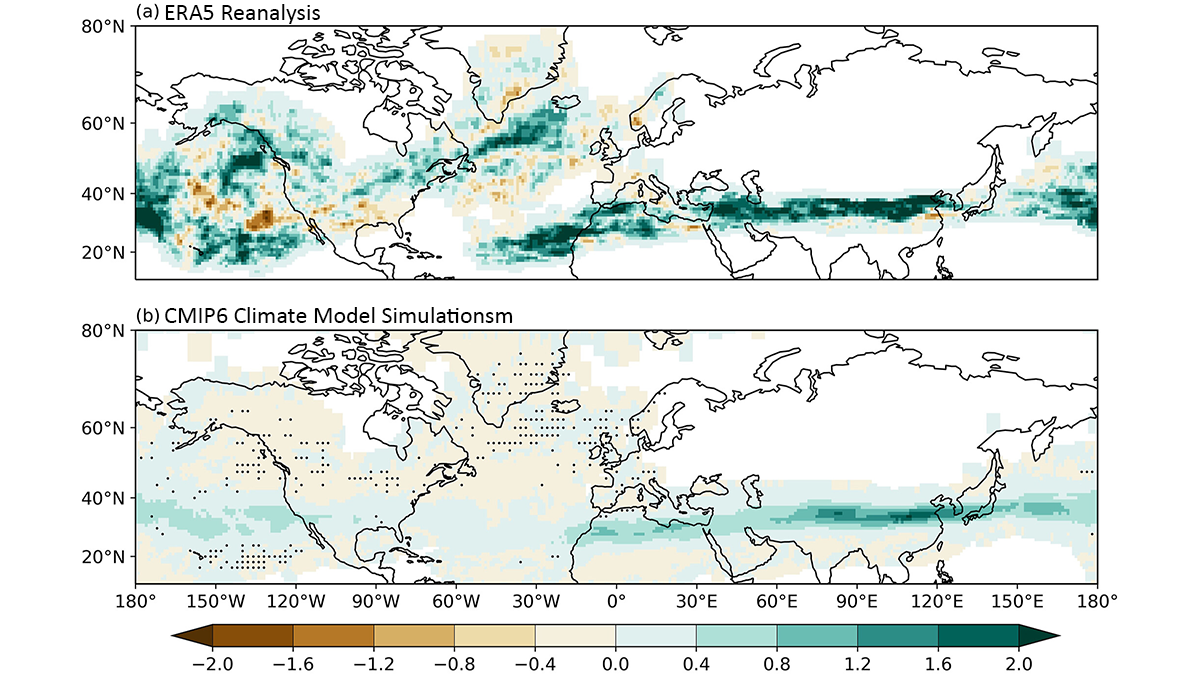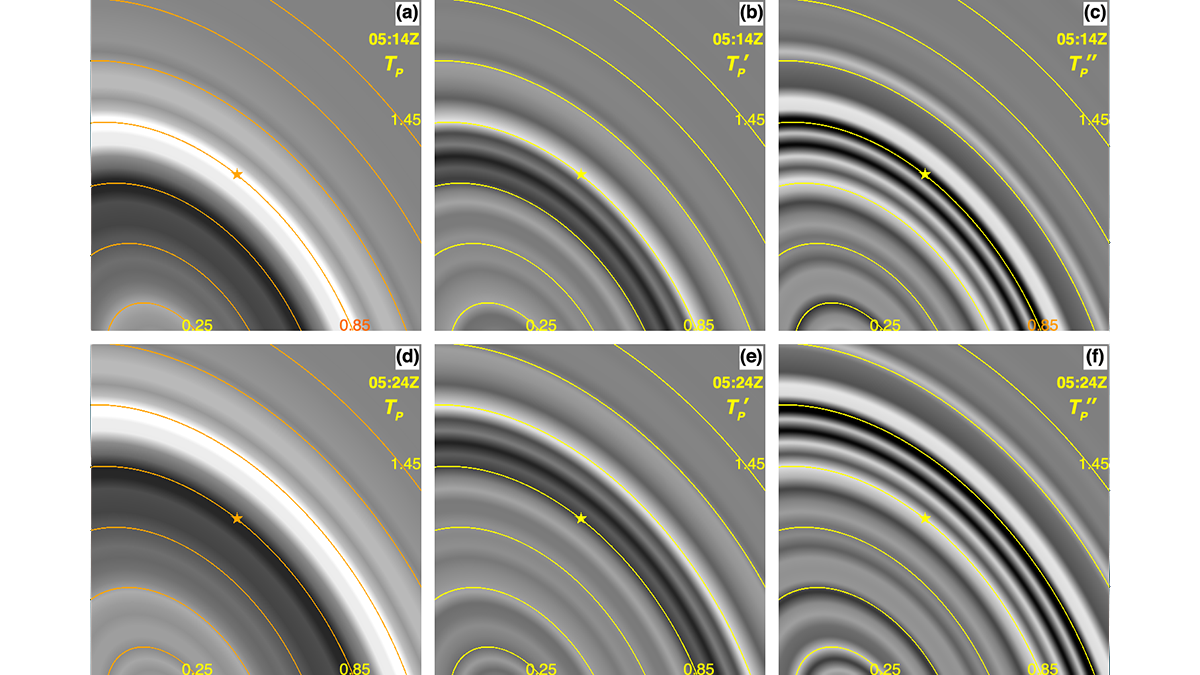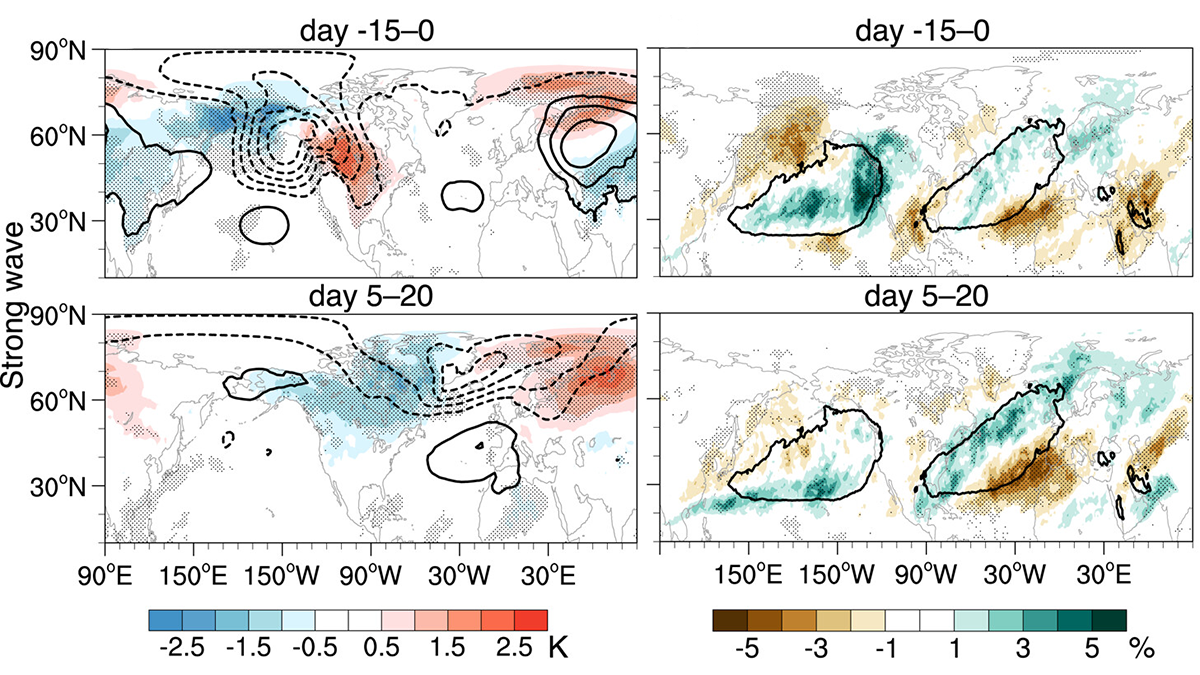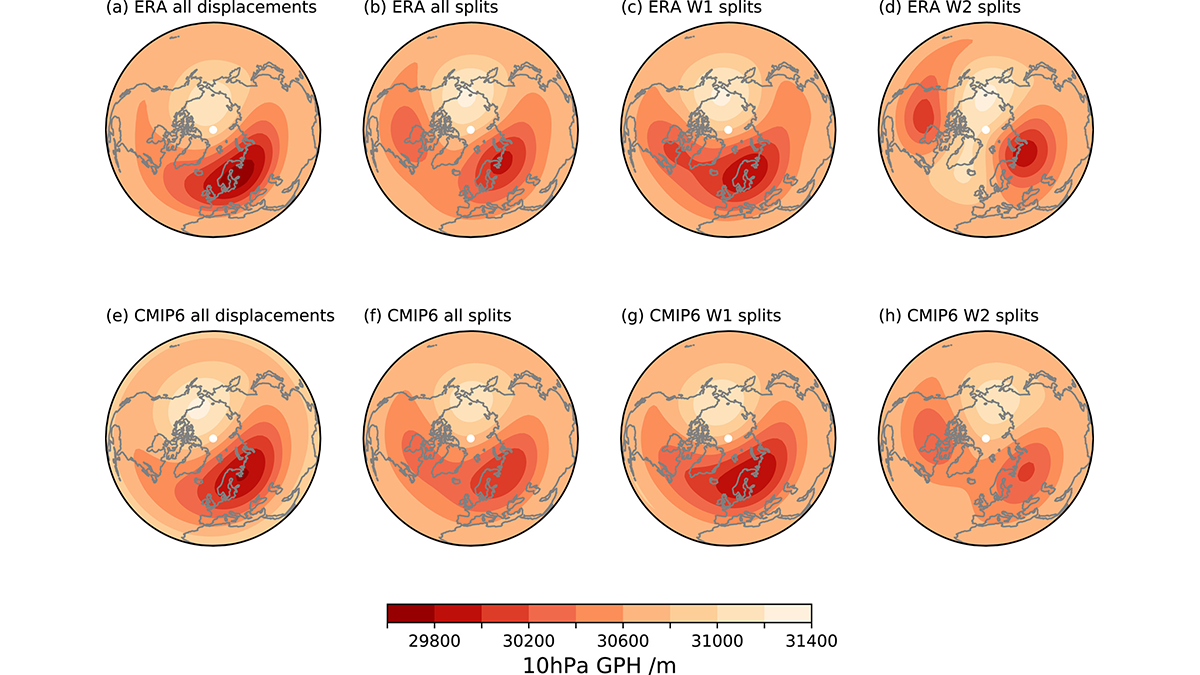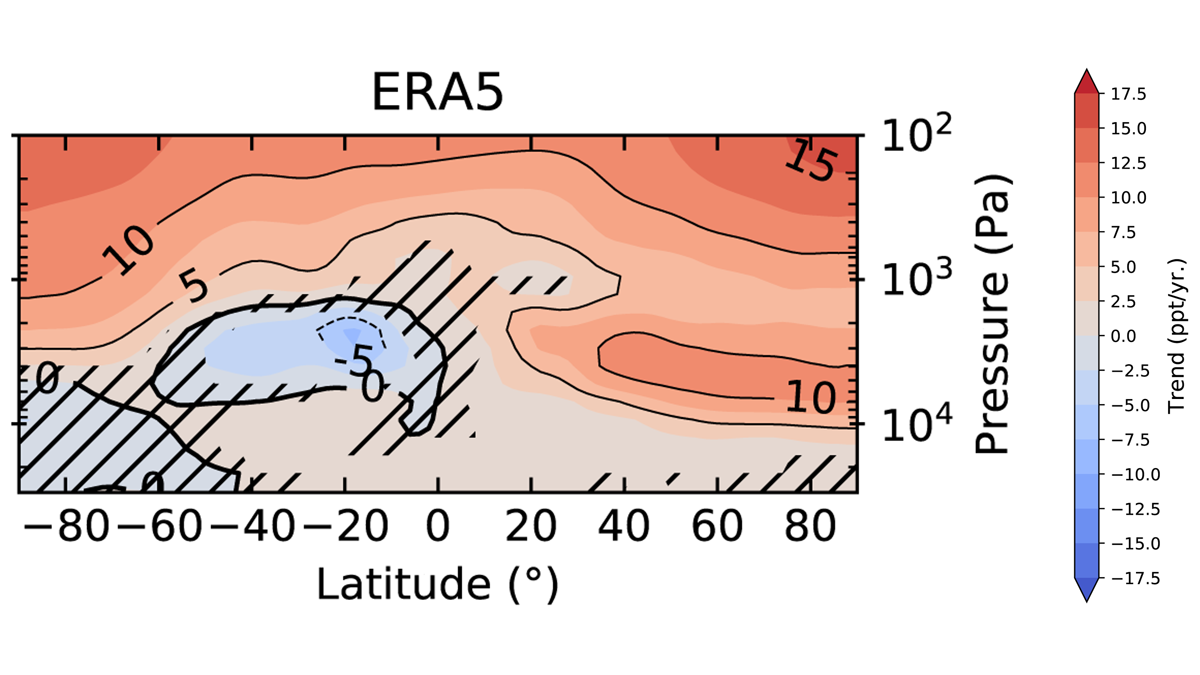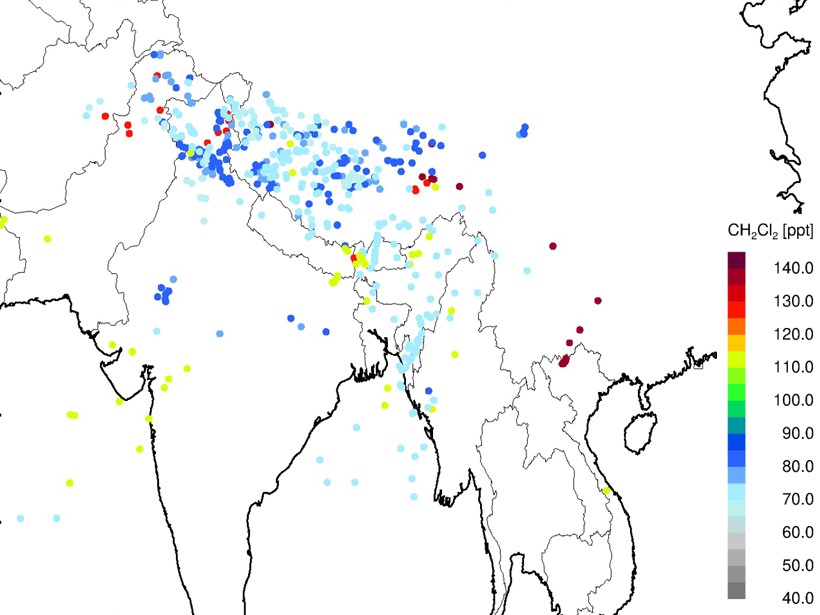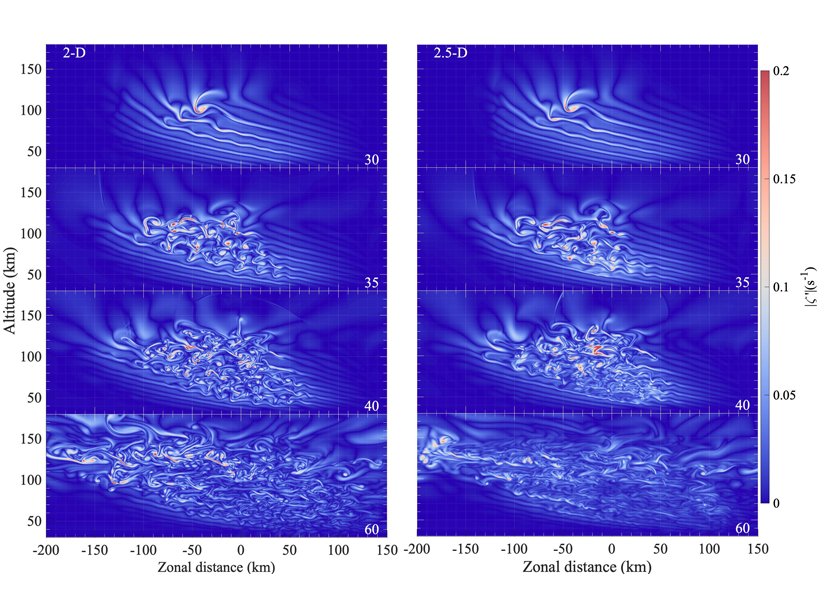A new high-resolution global model is used to study predictability of atmospheric circulation from the surface to 120 kilometers.
William J. Randel
Editor, JGR Atmospheres
Five Decades of Stratospheric Aerosols from Balloon Measurements
Long-term global measurements of stratospheric aerosols reveal climatological structures and processes controlling new particle formation.
Past and Future Changes in Atmospheric Clear-Air Turbulence
A new study evaluates long-term changes in atmospheric clear-air turbulence based on meteorological reanalysis and climate model simulations.
New Insights on Atmospheric Waves from the Hunga Volcanic Eruption
High temporal resolution geostationary imagery reveals new details of atmospheric waves generated by the January 2022 Hunga volcanic eruption and provides a chronology of the eruption sequence.
Modeling Stratospheric Impacts on North American Extreme Events
A new study quantifies the tropospheric and surface impacts of extreme stratospheric wave events and evaluates their representation in state-of-the-art climate models.
Modeling Stratosphere-Troposphere Coupling in a Changing Climate
Climate models have disagreed on the future evolution of the stratospheric polar vortex and links to the troposphere, but a new study revisits this problem with state-of-the-art climate models.
Simulating Surface Impacts of Stratospheric Sudden Warmings
New evaluations of climate model simulations show how the stratosphere polar vortex couples to surface weather.
New Insights on Stratospheric Circulation from Fluorine Tracers
Stratospheric fluorine species have accumulated faster in the Northern Hemisphere over the past two decades reflecting interhemispheric differences in the Brewer-Dobson transport circulation.
Measurements of Ozone-Depleting Chemicals in the Asian Monsoon
New high-altitude aircraft observations identify unexpected high levels of halogen-containing species entering the stratosphere above the summertime Asian monsoon.
Novel Simulations of Upper Atmosphere Gravity Wave Dynamics
Gravity waves play a key role in driving upper atmosphere circulations but are poorly understood. New high-resolution simulations are resolving complex wave behaviors with unprecedented detail.

